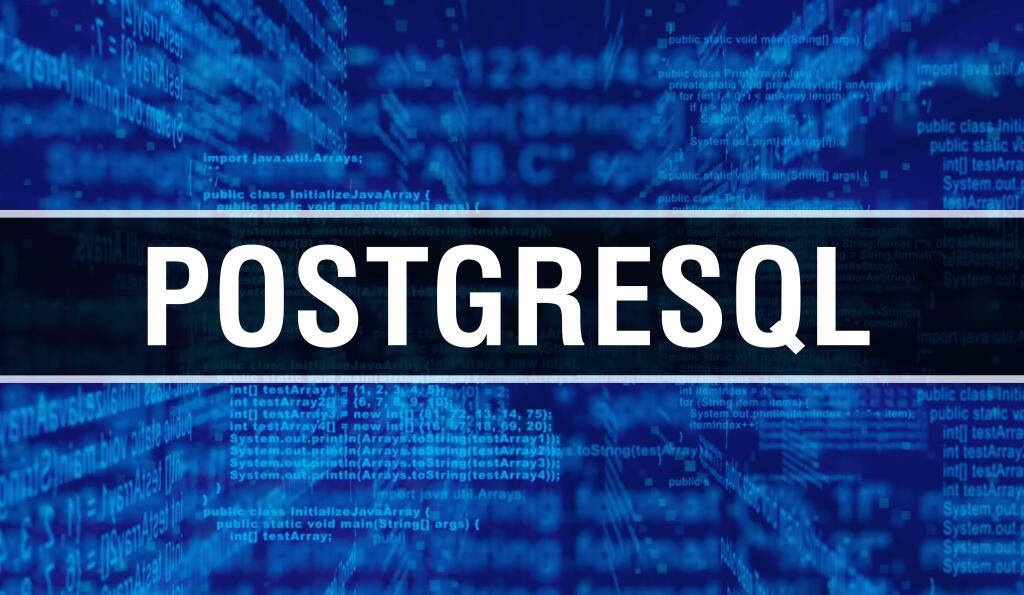a Gente Realiza!
Content
You may end up spending more than necessary due to misunderstanding cloud costs. Most companies today use multi-cloud deployments, making it especially important to establish an effective cost management strategy for the multi-cloud. This involves monitoring and comparing the costs of different cloud providers.
Follow these best practices to create a cloud cost optimization strategy that links costs to specific business activities so you can tell who, what, why, and how you are spending your cloud budget. Organizations can take advantage of large price discounts on cloud services by reserving instances. These are substantial discounts offered in exchange for time commitment and upfront payment. According to AWS, the EC2 Reserved Instances offer up to 75% discounts compared to On-Demand pricing. Organizations should base their future demand on a thorough analysis of past usage patterns to extract the most value from reserved instances.
The first step of a cloud cost management strategy is to look at the public cloud providers’ billing models. Take note of how much storage, CPU and memory your applications require, and which cloud instances would meet those requirements. Compare your estimates to how much it currently costs to run those apps on premises. Some workloads are more cost-effective when in-house due to data location and other factors. Identifying areas for cloud cost optimization involves understanding the various components of your cloud spend and evaluating opportunities for cost savings. Many factors can impact your cloud costs, including the types of services you use, the amount of data and resources you consume, and the pricing and billing models you have in place.
Savings plans allow commitment to pre-specified cloud spending levels across the organization in a period from one up to three years. This will help you obtain a significant cloud resource discount, which is vital for the overall cloud cost optimization. Many organizations decide that tackling these cost optimization chores on their own takes too much time and skill. Instead, they leverage services from one of the cloud cost management vendors. Regular monitoring – Continuous monitoring of cloud infrastructure requirements is key to cloud cost management.

The best way to rightsize your infrastructure is to fully automate the management process and make it a seamless part of your cloud continuous integration and continuous deployment (CI/CD) pipeline. But, when these Elastic IP addresses are idle or not used, AWS charges you for them. Keep an eye out of unused IP addresses, or leverage Densify’s cloud cost intelligence to cloud cost management automatically detect unused and idle Elastic IP addresses. In other cases, we see developers spin up compute resources in the cloud, forget about them, and leave them running idle. The single biggest reason tagging strategies fail is that they tend to be overly complicated and burdensome, often because we’re trying to solve the requirements of multiple business units.
Cloud cost optimization is an ongoing process, and it’s essential to continually review your cloud costs and cloud usage in order to identify opportunities for savings. Additionally, by regularly monitoring and analyzing usage data, companies can ensure that their cloud services are being used as efficiently as possible. Ultimately, taking a proactive approach to optimizing costs will help companies to maintain control of their cloud spend and get the most out of their investments. These tools can provide valuable insights into how your cloud costs are structured and help you identify areas where you can save money.

They can automatically scale your instances, and help alert you when things aren’t running smoothly. CloudHealth by VMware is a third party tool that offers similar services to the cloud provider cost management tools. The main difference is that it supports all the main cloud providers, as well as Oracle cloud and VMware .
Failure to optimize cloud costs gives way to expensive overheads and a loss of competitive edge. For example, a cost optimization program could create a consultancy which conducts seminars and trains the engineering community on critical topics. A training course was also developed to bring cloud cost awareness to the entire organization and was even integrated into the onboarding process for newcomers. The AWS Well Architected Tool offers recommendations based on architectural best practices for the cloud. AWS also provides many architectural examples through whitepapers and documentation, and experts who can give thoughtful system design advice.
Top cloud strategy mistakes CIOs can’t help making.
Posted: Tue, 20 Dec 2022 08:00:00 GMT [source]
There are several different pricing and billing options available, and choosing the right one can significantly impact your cloud costs. For example, you may save money by switching to a pay-as-you-go or volume-based pricing model or by negotiating better rates with your cloud provider . When speaking of cloud cost optimization services, it’s essential to have full scope over your initial cloud spend. With better visibility, you can put your focus on the costliest projects, which will help you identify all computing resources that aren’t giving your organization the best value for money.
Additionally, there are several cloud cost optimization services available that can help you manage and reduce costs asossicated with cloud infrastructure. These services typically offer a range of features, such as automated cost analysis, resource utilization tracking, pricing and billing model comparison, and more. The modern cloud cost management tool Spot by NetApp is primarily focused on assisting businesses in automating their cloud cost optimizations based on data. Spot offers automatic implementation where typical tools just show opportunities and implementation is done manually, making Spot also a cloud management platform. However, getting granular visibility into cloud charges requires good tag management, and the prices are only apparent at a daily level of detail. Additionally, the requirement for businesses to permit vendors to autonomously manage internal resources raises security concerns for cloud cost optimization tools.
Reserved instances allow you to commit to cloud resources for a specified time period and spend only the amount of resources allocated to you by the pricing model you chose. Every workload found within acloud deploymenthas requirements that will evolve quickly, making it unique. By identifying performance thresholds for every workload based on operational metrics and domain knowledge, you’ll allow yourself to optimize cloud costs easily. Optimization’s goals include reassurance that all performance thresholds are met while reducing the overall costs.

You have to inspect your workload by searching for projects that cost the most and figuring out why they cost so much. Before anything, you have to structure and organize all your costs in co-relation with your organization’s needs. Resource optimization will ensure that each workload has the right-sized resource allocation. Governance will ensure transparent assignment of responsibilities for both cloud assets and budget. Despite nearly a decade of cloud best practices, some companies are stuck in “lift and shift” mode. Stay up to date with the latest AWS services, latest architecture, cloud-native solutions and more.
Cloud cost optimization helps users manage cloud costs while achieving optimal cloud performance with high visibility, productivity, efficiency, and innovation. And in a time when services have been disrupted and resources are limited, having more control over spending is vastly beneficial. A major cloud cost management challenge is a lack of visibility into a company’s spending activities. Some businesses may encounter hidden costs because they lack the tools to track their cloud spending.
This translates to better management and supervision of your cloud spending. Some public cloud providers offer memory-based caching services, such as AWS ElastiCache. Caching moves important or frequently accessed data in-memory and closer to the compute instance, rather than having to retrieve data from storage instances.
Monitoring usage over time will help you understand if you’re under-utilizing instances, which you can then swap out for something more suited, saving you money. Reserved instances offer deeply discounted rates for committing to a specified compute capacity for an extended period of time . This can be up to 70% off the on demand price, so it’s great for when you have a good understanding of how much compute you’ll need for the foreseeable future. It is both time-consuming and labor-intensive to identify, review, and monitor ongoing rightsizing and cost-optimization opportunities. Ultimately, this level of visibility enables companies to create an ideal business model and to unlock new opportunities. If you use cloud cost transparency to your advantage, you can turn price into a competitive weapon that can help you outpace competitors.
Even so, in some cases, neither of these models may be the most optimal option. Before diving into some specifics around reducing cloud spend, let’s talk briefly about governance. Almost all businesses implement governance in some form or another with security and compliance often serving as the most important components of a governance strategy. Cost management should be considered an equally important aspect of a well-rounded governance framework because https://globalcloudteam.com/ if we can’t make the economics work, the rest is almost inconsequential. Employ an industry-renowned tool/partner solution from Managed Service Providers , which can further wrap your resource and services mapping to your IT projects, business initiatives and cost centers. This way, enterprises can keep the CSP bill less complex and value-add features like chargeback, showback and business case/value measurement can be achieved through such tools.
In addition to cloud cost reduction, it can improve the general performance of your apps. The on-the-side approach is proven to be much more scalable for cloud computing environments. Your employees won’t have to wait for the central department to approve every minor change request, greatly improving their productivity. However, on-the-side models require a strong culture of cost awareness in the organization. Right-sizing your resources, such as compute, just means making sure that the instances you choose make sense for your needs.
This recommender can also identify any usage metrics-based persistent disks that spend your computing resources even though you don’t want them to. By switching off all idle resources, you’ll significantly reduce costs on cloud bills, as unallocated and idle resources can quickly burn a hole in your wallet. This option allows you to turn off all resources when they aren’t used and turn them on when you need them. What’s more interesting is that cloud computing help organizations come up with flexible and very precise architectural designs. These designs are uniquely customized to workload requirements more than existing, on-premises resources.
Scheduling—many cloud services are not required 24/7, and can be scheduled to shut down when not needed. For example, services used by a US-based team can be shut down outside US business hours. To accelerate these cultural shift in organizations, Densify helps raise cost awareness cross-functionally and across lines of business with highly-differentiated reporting that drives transparency. Densify has mastered the science of effective cloud purchasing to ensure that customers get the most return out of their investment. Densify automates the highly-complex process of cloud procurement based on ideal usage patterns and considers factors such as term length, payment options, and past usage history.
Storage classes – refer to cloud storage and include various types like standard, coldline, archival, and nearline classes. All storage classes have the best use cases and different costs to keep in mind. FinOps is a new sector that focuses solely on finance management within an IT organization. The FinOps’ core objective is to focus on managing finances so they’d align with business objectives. Let’s get into some of the best practices to help you build a cloud optimization environment with ease. Cloud Cost Optimization allows you to run cloud-native apps effectively and at a minimal possible cost.